The late 1970’s brought fear into the city of Richmond, Virginia. Not knowing who would be the next victim in the Briley brothers’ killing spree caused many to stay inside their homes, hiding from a pair of murderers who randomly assassinated people for fun. The two brothers, James (below right) and Linwood (below left), were responsible for nearly a dozen vicious homicides during a seven month period.
Linwood was the first of the brothers to kill. In 1971, while still a juvenile, he sat at his bedroom window with a rifle and took aim at his elderly neighbor through her kitchen window as she went about her daily routine. He shot and killed her. Later, he told police that she had heart trouble and was going to die soon anyway. Linwood served only one year in a juvenile facility for the murder of his neighbor.
James, in the meantime, was following in his brother’s footsteps. He, too, was sent to a juvenile facility for shooting at police officers during a pursuit.
The Briley Brothers had a younger brother, Anthony, who joined his older siblings in their rampage, along with a friend, Duncan Meekins. Meekins would later testify against the Brileys.
These four killers murdered their victims in unimaginable ways—they; burned a couple, used a cinder-block to crush a man’s skull, used a baseball bat to beat a man to death, violently raped a woman before ending her life, used scissors, a bat, several knives, and a meat fork to kill another man, killed a 5-year-old boy in front of his parents before shooting them to death. And the list goes on.
The Briley’s victims:
- William and Virginia Butcher – tied up and left to burn to death after the Brileys robbed them and set their home on fire. These are the only two victims to have survived a murder attempt by the Briley Brothers.
- Michael McDuffie – assaulted and shot dead before being robbed of his possessions.
- Mary Gowen – violently raped and murdered.
- Christopher Phillips – dragged into a back yard by the three brothers and pinned to the ground while Linwood crushed his skull with a cinderblock.
- John Gallaher – Gallaher stepped outside a nightclub where his band was performing and was kidnapped by the Briley Brothers. The men placed Gallaher into the trunk of his own car and then drove to a location near the James River where Linwood Briley shot Gallaher in the head at point blank range. Linwood then dumped the body into the river. The kidnapping was a random act. Gallaher just happened to step outside into the paths of the passing brothers.
- Mary Wilfong – beaten to death with a baseball bat by Linwood.
- Blanche Page and Charles Garner – Page was beaten to death. Garner was assaulted with many weapons including a baseball bat, scissors, several knives, and a meat fork. The scissors and fork were left embedded in Garner’s back.
- Harvery Wilkerson, his wife, Judy Barton (she was five months pregnant), and their five-year-old son – Wilkerson and Barton were bound and gagged. Judy Barton was sexually assaulted by Linwood and Meekins. Meekins then shot Wilkerson in the head while James shot Barton and the five-year-old boy.
James and Linwood were sentenced to death for their crimes, and later masterminded the largest escape in history—5 inmates—from death row. They have since been executed.
Needless to say, to survive an encounter with the Briley brothers would be a miracle. However, today’s guest on The Graveyard Shift did just that. He survived a confrontation with Virginia’s most evil killers. To protect his identity we’ll refer to him as “KW.” Here’s his story.
“Lee, I just read your incredible description of the Brileys,’ the escape, and the executions.
In 1979 I was working for the VA Medical Center Richmond as a Pulmonary Biochemical Research Technician. Our job was to anesthetize dogs, and recreate an old veteran vomiting and aspirating, and to develop some timeline when the membranes of the alveoli broke and flooded the lungs with blood, lymph and vomitus.
Unfortunately, I was also working on a serious drug habit. Cocaine and sedatives combined with liquor, pot, stupidity and testosterone are more powerful than Long Island Ice Tea. Trust me.
I was apprehended by VA Security and Chesterfield County Police with 20cc’s of Phenobarbital, 10 Placidyl capsules and a bunch of the VA’s Insulin Syringes. Needless to say, I’ve never been rehired at the VA. I was hired at a glue factory on the Southside of Richmond. We made the resin and polymer adhesive that sealed cigarette packs and cartons for Phillip Morris.
The plant I worked at was two blocks from the Log Cabin Dance hall where the Briley’s abducted Johnny G, who was such a favorite DJ of mine that his death affected me like having lost a family member. “Johnny G from Tennessee, WXGI ,Richmond.”
My best friend in that plant was a guy about my age who had spent most of his life incarcerated. Everybody in the “Glue Pot” had done time for various misunderstandings with local law enforcement.
My “Friend,” I am sure had spent time at Beaumont Youth Correctional Center with one or more of the Briley’s. His most recent bit was served at Powhatan Correctional Center. He did 3 years for assisting in the armed robbery of a grocery store. I know that he was the one who conspired with Linwood and James to rob the apartment that was occupied by 5 adults and one child. I went there with the promise of Preludin, or “Bam” on the street, and reefer with 151 rum.
His girlfriend was the dealer. Big girl about a cool 350. Went from Petite to Junior-Plenty overnight. I ran out of cigarettes which we bought at the plant every Thursday morning when a guy from Phillip Morris showed up with grocery bags full of untaxed Marlboro’s and Merits ($2.50 a carton).
As I approached the back door to the apartment, the boys (Briley’s) were coming in with the most bizarre disguise I had ever seen. They had taken 1/2 inch white adhesive tape and marked their faces like Indians wearing warpaint. It was so striking and scary that at first, I didn’t see the pistol grip 12 gauge that Linwood was carrying. I soon took care to keep an eye on it. James and either Anthony or Meekins had two .38 revolvers pointed at my face and chest. Linwood had the 12 at the back of my head.
I assured them that I “wasn’t gonna act a fool.” They wanted me to get them into that apartment. I told them I would do anything they wanted , but there was a 4 year old in there. Ol’ Linny hit me in the back of the skull on that roundish bone at the base at the neck, and said, “F*** dat kid.”
They ordered everybody on the floor and Ol Big Girl couldn’t manage. She kept screaming, Oh Lawd Jesus!!!! I told her to tell him where the dope was. He had her baby by one arm up in the air with the 12 pointed at his chest. The Preludin was in a baggie rolled up like a tight joint and had transparent fishing line wrapped around and suspended in the toilet just under where the lid went on. If you didn’t look hard, you wouldn’t see it. The other two robbed everybody of cash and jewelry while Linny went to the bathroom for the pills.
They were in and out in 60 seconds. One of the other jackasses jumped up screaming at me, “Why didn’t you say something?” I replied, “What? Like goodbye?” “I ain’t dying for your no good ass.” I made sure that they understood that I saved their f***n’ lives by keeping the boys calm.
Two months later, I go out to get the morning paper, and all over the front page are Linwood and James. I stood in my boots, trembling. My body was actually convulsing when I realized who I had met. The angels were with me that night at Dove and Barton Streets. It was my last visit.
Everything I have told you is 100% true. I wouldn’t bother to write, if it weren’t. I am really taken by your work, and will follow from now on. Thank you for your contribution to society. Now, if we can only get the idiots off the phone or TV and have em’ read a book.
God bless you.
KW”

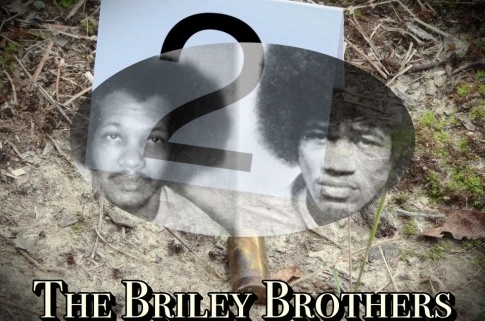
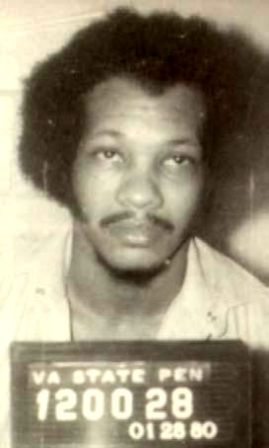


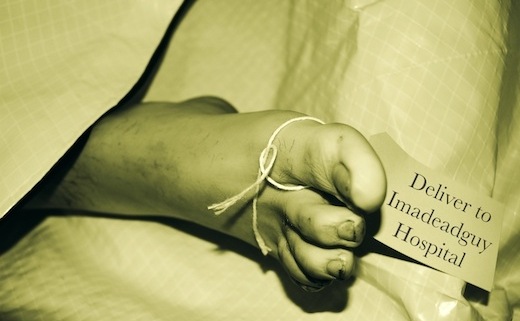






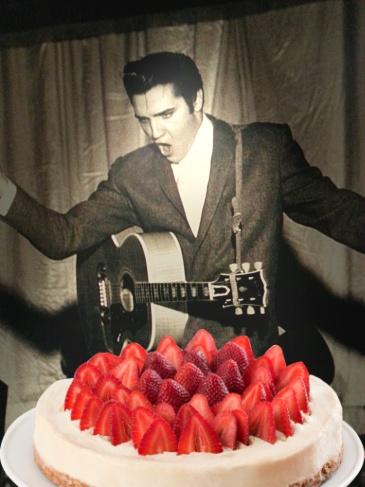 Of course, there was Elvis, the rock and roll legend I had to remove from an elderly lady’s refrigerator once or twice each month so she could watch TV without the interruption of endless choruses of “Blue Suede Shoes” and “Jailhouse Rock.” Not to mention how annoying it can be when Elvis slips in behind the cheesecake to steal our radio and TV signals.
Of course, there was Elvis, the rock and roll legend I had to remove from an elderly lady’s refrigerator once or twice each month so she could watch TV without the interruption of endless choruses of “Blue Suede Shoes” and “Jailhouse Rock.” Not to mention how annoying it can be when Elvis slips in behind the cheesecake to steal our radio and TV signals.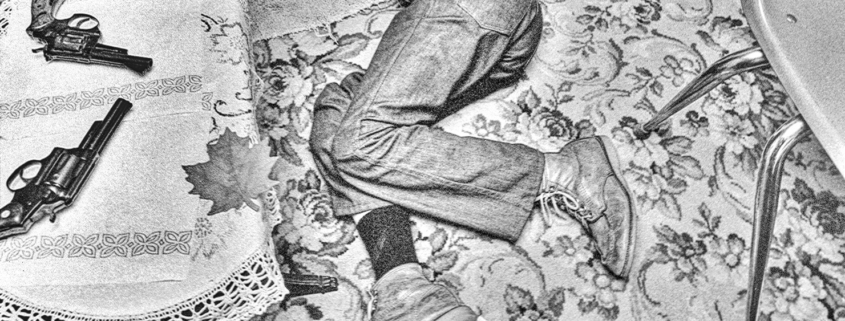
 Katherine Ramsland teaches forensic psychology at DeSales University, where she is the Assistant Provost. She has appeared on more than 200 crime documentaries and magazine shows, is an executive producer of Murder House Flip, and has consulted for CSI, Bones, and The Alienist. The author of more than 1,000 articles and 68 books, including How to Catch a Killer, The Psychology of Death Investigations, and The Mind of a Murderer, she spent five years working with Dennis Rader on his autobiography, Confession of a Serial Killer: The Untold Story of Dennis Rader, The BTK Killer. Dr. Ramsland currently pens the “Shadow-boxing” blog at Psychology Today and teaches seminars to law enforcement.
Katherine Ramsland teaches forensic psychology at DeSales University, where she is the Assistant Provost. She has appeared on more than 200 crime documentaries and magazine shows, is an executive producer of Murder House Flip, and has consulted for CSI, Bones, and The Alienist. The author of more than 1,000 articles and 68 books, including How to Catch a Killer, The Psychology of Death Investigations, and The Mind of a Murderer, she spent five years working with Dennis Rader on his autobiography, Confession of a Serial Killer: The Untold Story of Dennis Rader, The BTK Killer. Dr. Ramsland currently pens the “Shadow-boxing” blog at Psychology Today and teaches seminars to law enforcement.
